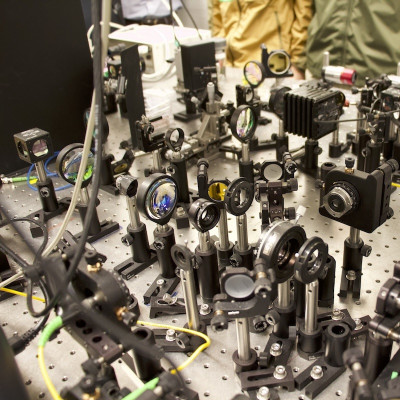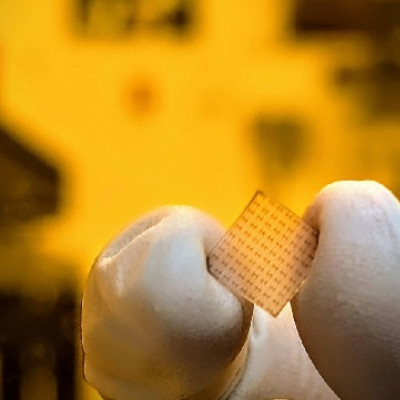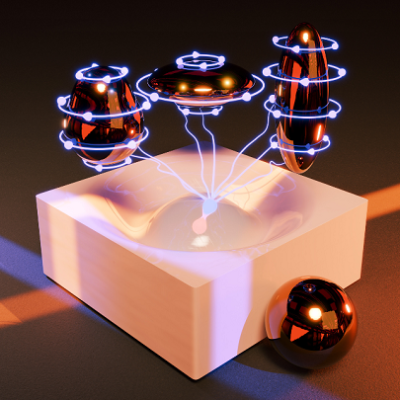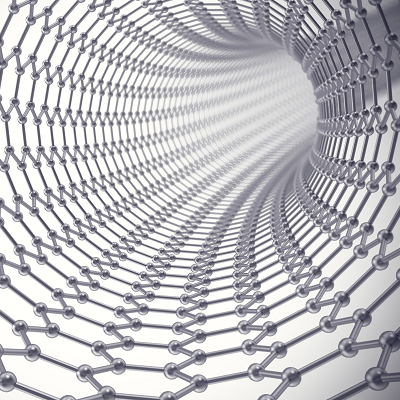Step into a hidden world so small it’s almost unimaginable — the nanoscale. Imagine a single strand of hair and shrink it a million times, and you’re there. Here, atoms and molecules are master builders, creating new properties yet to be discovered — until now.
Researchers Deepak Singh and Carsten Ullrich from the University of Missouri’s College of Arts and Science, along with their teams of students and postdoctoral fellows, recently made a groundbreaking discovery on the nanoscale: a new type of quasiparticle found in all magnetic materials, no matter their strength or temperature.
These new properties shake up what researchers previously knew about magnetism, showing it’s not as static as once believed.
“We’ve all seen the bubbles that form in sparkling water or other carbonated drink products,” said Ullrich, Curators’ Distinguished Professor of Physics and Astronomy. “The quasiparticles are like those bubbles, and we found they can freely move around at remarkably fast speeds.”
This discovery could help the development of a new generation of electronics that are faster, smarter and more energy efficient. But first, scientists need to determine how this finding could work into those processes.
One scientific field that could directly benefit from the researchers’ discovery is spintronics, or "spin electronics." While traditional electronics use the electrical charge of electrons to store and process information, spintronics uses the natural spin of electrons — a property that is intrinsically linked to the quantum nature of electrons, Ullrich said.
For instance, a cell phone battery could last for hundreds of hours on one charge when powered by spintronics, said Singh, an associate professor of physics and astronomy who specializes in spintronics.
“The spin nature of these electrons is responsible for the magnetic phenomena,” Singh said. “Electrons have two properties: a charge and a spin. So, instead of using the conventional charge, we use the rotational, or spinning, property. It’s more efficient because the spin dissipates much less energy than the charge.”
Singh’s team, including former graduate student Jiason Guo, handled the experiments, using Singh’s years of expertise with magnetic materials to refine their properties. Ullrich’s team, with postdoctoral researcher Daniel Hill, analyzed Singh’s results and created models to explain the unique behavior they were observing under powerful spectrometers located at Oak Ridge National Laboratory.
The current study builds on the team’s earlier study, published in Nature Communications, where they first reported this dynamic behavior on the nanoscale level.
Read the original article on University of Missouri.







